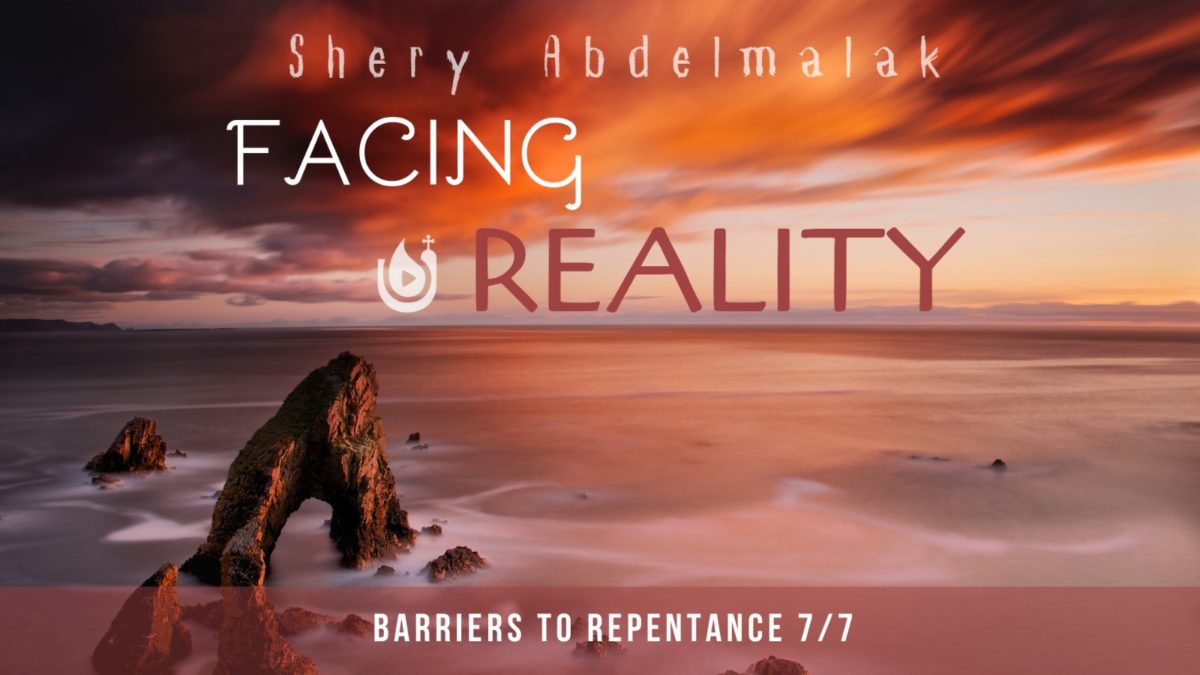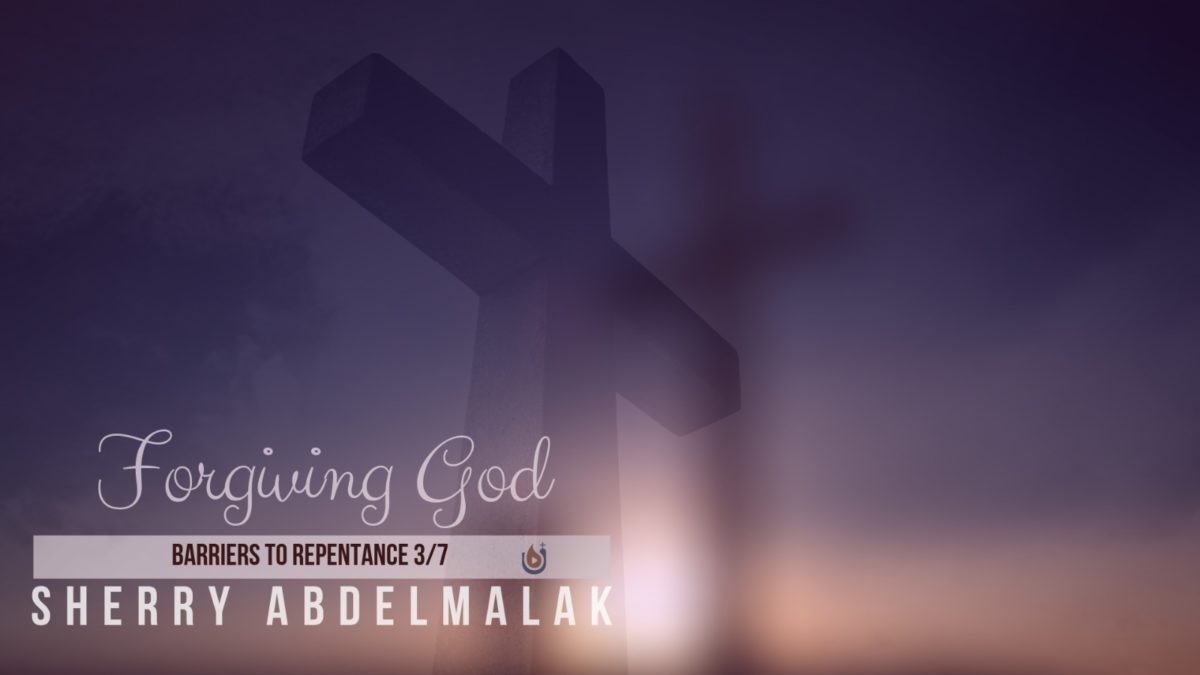Repentance and Mercy
Adapted from a sermon by Aidan Mclachlan
“To fall in love with God is the greatest romance, to seek Him, the greatest adventure to find him. The greatest human achievement”.
St Augustine
The two main events of Thursday Eve are the betrayal by Judas and the anointing of the feet by the spikenard woman. Two remarkably different people who approached the Lord in very different ways.
Each time we read the gospels and come to the calling of the twelve disciples, we come to Judas. He is described as the one “who also betrayed Him”. All too quickly we assume that the sin of Judas was betrayal. But we ask ourselves, did any of the other disciples betray Christ? The answer would be a resounding, yes! St Peter, who denied Christ three times certainly betrayed Him and yet he remained the rock on which Christ builds His church. In fact, we have all sinned and sin is no less than spurning God’s trust and love for us. It is in short, a betrayal. Is there then no hope for us?
I think we find the true sin of Judas not in betrayal but in despair, and from this despair, his failure to repent. But was Judas not repentant? Didn’t he try to return the silver coins? Judas, so absorbed in the world, tried to overcome his crime on his own without seeking God, or His mercy. What he felt most guilty of, was his role in killing Christ and there was no way that he could reverse this and bring Christ from the dead.
But God could. By this time, Judas’ despair overwhelmed him, and his guilt had consumed him. He was nothing but a vessel of wretched misery and anguish. With no hope on Earth, he ended his life and with it, his hope in heaven as well. If only Judas had suffered a little longer. If only he had endured. If only he had waited a few more days for Christ’s glorious resurrection. He failed to see Christ as God, and that He could kill his despair, before it killed him.
Now if we turn to the second key character, the spikenard woman. We find in the Gospel of Matthew and Mark, a story of a woman who was a friend of Jesus. She anoints Christ’s head, not his feet, in the town of Bethany just before His passion. A different story is presented in Luke; a story of a sinner woman who anoints Christ’s feet and dries them with her hair, with no association with Christ’s passion. Most likely, these are two different events. One performed by a sinner woman, and the other by a friend. One clearly an act of repentance and one seemingly an act of affection.
In the Gospel of John, we find Christ at Bethany just before His passion, similar to Matthew and Mark’s gospels. Yet the woman washes Christ’s feet like the sinner woman in Luke’s Gospel. What is the point of seemingly fusing the two stories, and the two women? This is to show the transformative power of repentance. St John keeps the action of a sinner woman in washing His feet, but the timing in the Gospel narrative of the other woman, a friend of Christ. This Indicates that through her repentance, she went from being a sinner woman to being a friend of God.
The Greek word metanoia is commonly understood as repentance but it is so much more than that. It is a change – a transformation! The spikenard woman becomes an example to us for proper penitence, weeping at Christ’s feet, having both her sins and her Lord before her eyes. The spikenard woman is also a revelation of God’s love that though we fail, though we betray Him, though we put nails in His hand, and a spear in His side, He will overcome our weaknesses and transform us to something greater, a friend of His. Finally we can marvel at God’s love and mercy, just as she did. This is true repentance, born from true love, true faith, true hope, and given to the one that is the fulfilment of love, faith and hope.
If we compare the repentance of the spikenard woman to Judas, we find that she had trust in the salvation of the Lord that Judas did not. Unlike Judas’ attempt at repentance, this woman did not aim for a worldly goal. She was rightly criticised by the apostles for not selling that oil and giving the money to the poor, because it made little sense to the world. Yet out of love, she gave up what was likely her most expensive possession. She wept and begged and pleaded for mercy. This is true repentance.
How can we discover this heart felt repentance? With wonder! We can see that God in all this greatness can overcome any obstacle, even despair. With this wonder, we can behold all that God has made and done for us and so grow in love like the spikenard woman. With this wonder, we can honestly say like the apostle, “if God is for us, who can be against us” (Romans 8:31). How is it that God became Man? How is it that God could suffer? How is it that God could rise again from the dead? How is it that God could make the corruptible incorruptible?
We are blessed not to have logical explanations for many of these questions because if we had them, we may suddenly lose our sense of wonder in favour of something much less marvellous. We discover this wonder from the world around us when we discover that the world is transparent. Through it, we see the beauty and the light of God. The English word cosmetic meaning beauty, comes from the Greek word cosmos, meaning universe. The world becomes an icon of God and we see through it. We cannot be like Judas, who saw the world as an end in itself, because this road leads to despair. We must instead see the world, its beauty and the Lord Almighty in their height of greatness, and not reduced to it.
May we all seek and discover the wonder of the Lord this Holy Week, and for the rest of our days.








